The Most Powerful Pope in History
How does the new Holy Father stack up to his spiritual forefathers?
When Robert Prevost was announced as the new pope, I immediately checked his Wikipedia page — and found that it consisted of about six lines. The next day, I checked again and found several hundred. Few things demonstrate the power of the papacy: in a matter of hours, someone goes from being a virtual nonentity to being one of the most famous and influential people on the planet. News channels report every detail about him, from favourite ice cream flavours and sports teams to what his classmates thought of him at school.
But on the grand historical scale, Pope Leo XIV is not particularly powerful. The Church itself doesn’t exercise the same influence it once did. World leaders don’t fear excommunication, few ordinary Christians would sign up for war if the pope asked, and the Vatican is no longer the seat of a powerful state with armies and tax collectors at its disposal. Leo XIV is rather more like the early medieval popes, whose influence was confined to the intellectual and spiritual realm.

After the fall of the Western Roman Empire, early popes were puppets of various invaders, like the Lombards, Byzantines, and Franks. By the 900s AD, the papacy was close to its spiritually lowest point, effectively controlled by powerful Roman aristocrats in an era known to historians as the saeculum obscurum or the Pornocracy (yes, seriously).
But throughout this period, the Papacy and the Church were slowly gaining real power. Popes acted as kingmakers, using their religious legitimacy to support monarchs like Charlemagne (who was crowned Holy Roman Emperor by Pope Leo III). Popes still could not command armies, but everyone could now agree that the Papacy was an office of international importance, no longer a glorified Senate seat.
Also, this was a period when Europe was fractured, badly educated, and with few stable institutions. In such a world, Church officials steadily entrenched themselves as powerful figures in secular life. Bishops could read, manage estates, and hold court; they were also (officially) childless and celibate, giving them a status as loyal administrators similar to court eunuchs in Chinese dynasties. By the turn of the millennium, many bishops acted more like governors and princes than as spiritual shepherds.

By the 1050s and 1060s, tensions were erupting between the Papacy and the Holy Roman Emperor over who had the right to appoint bishops. In 1076 AD, Pope Gregory VII used the nuclear option by excommunicating Emperor Henry IV. It could have gone very badly; Gregory VII was no warlord, and might have easily been deposed if German armies appeared on his doorstep. Luckily for Gregory VII, Henry IV feared that he could not subdue an insurrection by his powerful nobles unless he could get the excommunication revoked. What followed was the Humiliation of Canossa: the emperor was forced to spend three days walking barefoot in the snow outside the Pope’s castle before he was allowed in to kneel and beg for forgiveness.
Pope Gregory VII was not history’s most powerful pope, and we can say that quite confidently because Henry’s nobles revolted anyway, and Henry actually did manage to crush the rebellion; Gregory was then forced to flee and was replaced by a puppet of Henry. But the event acquired a sort of mythic significance: popes, far from being mere spiritual shepherds, could now have emperors kneeling before them.
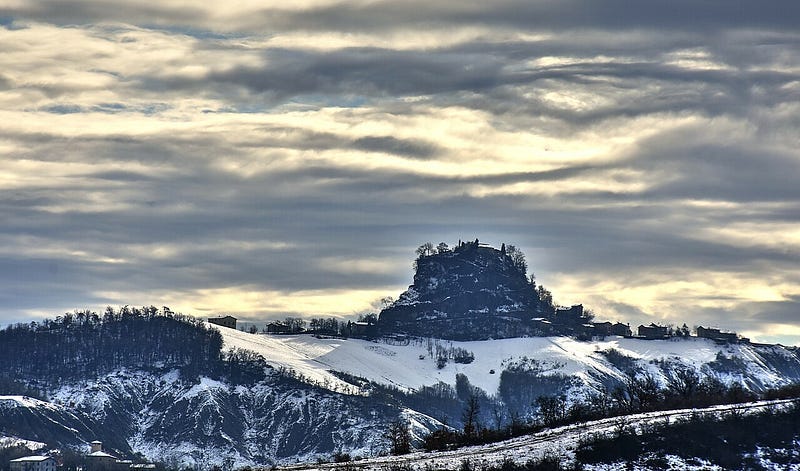
Shortly after, we end up with the first serious contender for history’s most powerful pope: Urban II. Urban was one of Gregory’s closest lieutenants and spent his early papacy living in exile in France (as Rome was held by Henry’s chosen antipope); not a particularly glorious beginning. But Urban will forever live in history for a speech he made on 27 November 1095 at the Council of Clermont. After days of discussions about Church reform, Urban gave a passionate sermon to a vast crowd assembled in the open air. He stated that a lifetime of sin would be wiped away, and a place in heaven guaranteed, for those who signed up to cleanse the Holy Land of “barbaric” Muslim Turks. The Crusades had begun.
Urban is a good reminder that power comes in many forms. He did not personally command vast legions — yet through the power of his rhetoric and cunning, he effectively promoted himself from disputed referee of Christendom to its Supreme Commander. He understood that Europe’s knights lived in constant emotional and moral turmoil, unable to reconcile their martial status with the tenets of Christianity. By promising violent young men that their violence could make them the noblest of Christians, he united most of Christian Europe into a united force that marched into the Holy Land and held much of it (including Jerusalem itself) for almost 200 years.
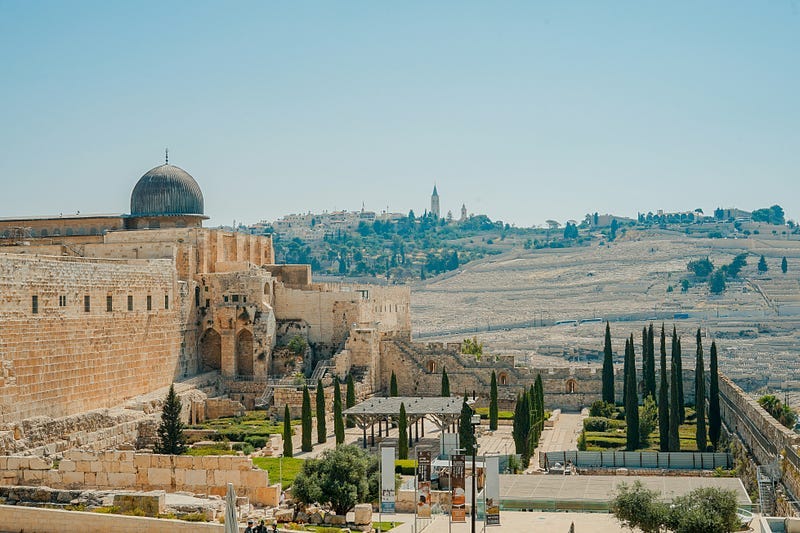
Our next contender for history’s most powerful pope, and really the orthodox choice (the Michael Jordan of popes), came almost exactly a century after Urban: Pope Innocent III.
Innocent’s behaviour and accomplishments were astonishing. When he got into a dispute with King John of England over the next Archbishop of Canterbury, he not only excommunicated John but also suspended all church services, weddings, and funerals in England until John paid tribute and agreed in 1213 to make England a papal fief of the Vatican. He regularly micromanaged royal marriages to ensure matches favourable to his interests. He also expanded the scale of the Crusades to target heretical Christians (the Cathar Crusade) as well as Muslims and pagans. He convoked the Fourth Lateran Council, the most important Church council for at least the next 300 years.
Innocent was a juggernaut in every conceivable fashion: politically, spiritually, militarily, etc. He is the best example of the classic medieval hierarchy, with popes delegating power to kings and emperors rather than standing as their equals. Yet even his ambitions occasionally backfired: he wasn’t able to control the soldiers of the Fourth Crusade, launched on his initiative, which led to the first sack of Constantinople and its eventual fall to the Ottoman Empire.
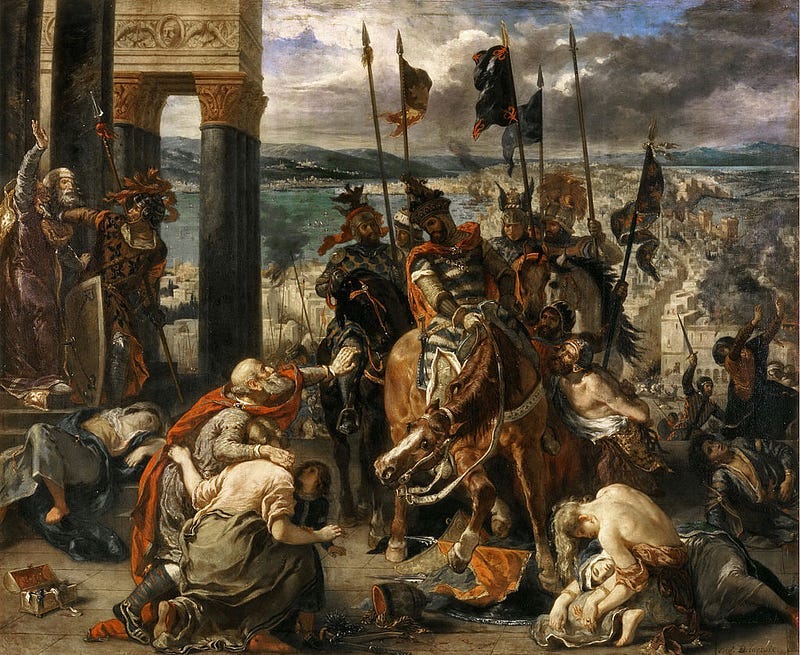
Our last serious contender comes much later, in the early 1500s: Pope Julius II, or “the War Pope.”
It is suspected that “Julius the Fearsome” did not take his name from the first Pope Julius, but rather from Julius Caesar. Julius II actually commanded armies, wearing armour and wielding a sword. He founded the Swiss Guard, drove the Borgias and the French out of Italy, brought the Republic of Venice to heel, and turned the Papal States into a true European kingdom. He also found time to commission the modern St. Peter’s Basilica, and commissioned Michelangelo to paint the Sistine Chapel ceiling and Raphael to decorate the papal apartments.
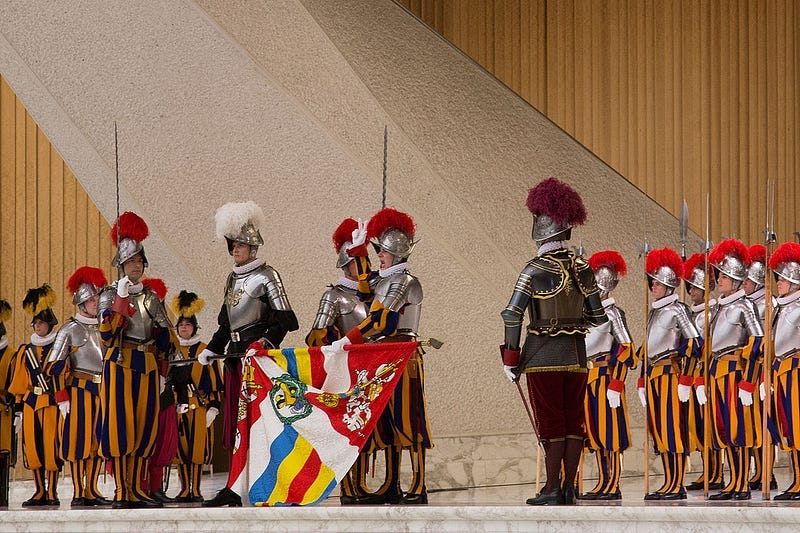
Julius also expanded the Church’s reach globally. He officially sanctioned the Treaty of Tordesillas (which divided the “New World” between Portugal and Spain), and appointed the first bishops in the New World, beginning the Catholicisation of Latin America.

Yet for all Julius’ power, we must remember that the Protestant Reformation began just four years after his death, permanently weakening the Church. This was no coincidence: his militarism, clear lack of spirituality, extravagant spending, and simony (selling church offices, often to fund wars) eroded the Church’s image so badly that half of Europe was ready to cast it aside by the end of his reign. His power, however great, was achieved by borrowing against the future.
There would be other powerful popes. Pius V was a leading figure of the Counter-Reformation, excommunicated Elizabeth I of England, and formed the Holy League which defeated the Ottomans at Lepanto; Innocent XI used his considerable financial and diplomatic power to organise the Holy League which expelled the Ottoman Turks from Vienna and eventually liberated Hungary. But since the Reformation, the Church’s hard power has been in decline.
In recent generations, a powerful pope is typically one who influences through the pen or podium rather than the sword or purse. Leo XIII (namesake for the current pope) is sometimes called “the Workers’ Pope” for his intellectual work outlining the rights of workers to trade unions and fair working conditions, and his opposition to laissez-faire capitalism; although he was the first pope in over 1,000 years to exercise no control over the Papal States, he maintained the Church’s relevancy by positioning it as a force for social justice.
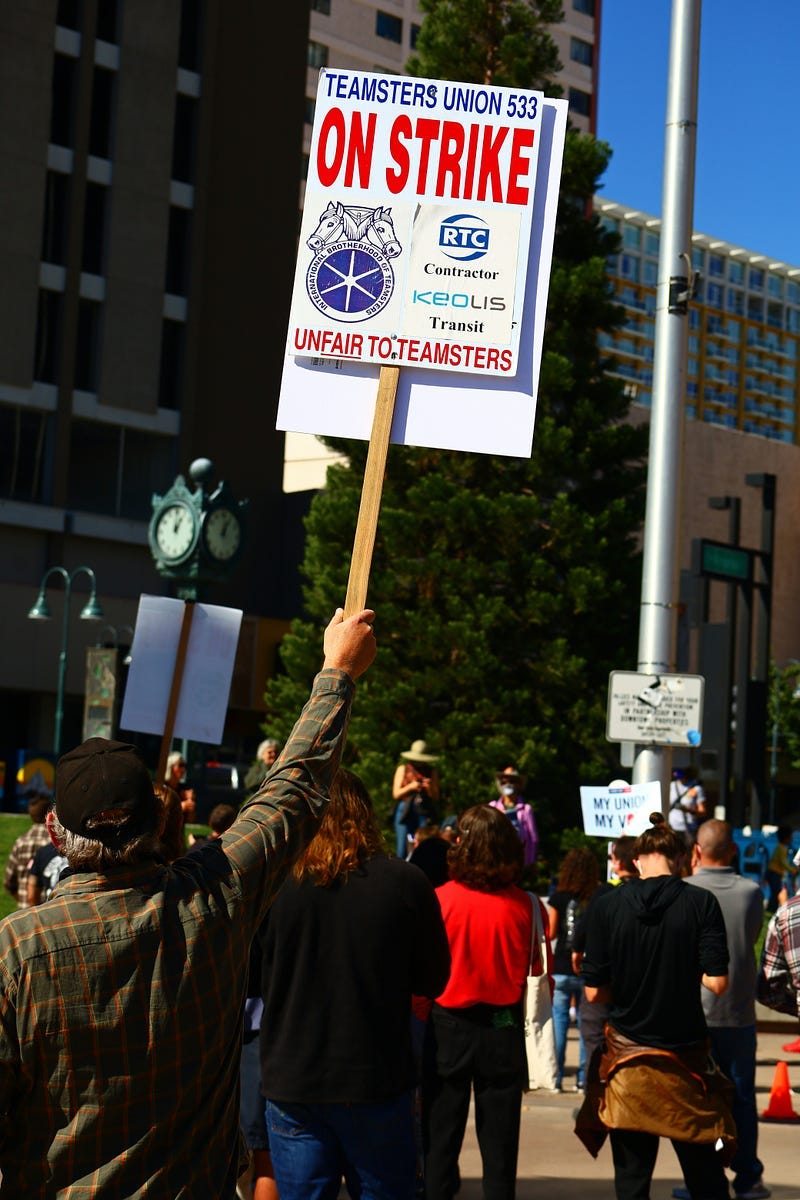
More recently, Pope John Paul II left a considerable legacy by challenging dictatorship and European communism. His speeches (and donations to the trade union Solidarity via the Vatican Bank) are widely regarded as influential in the downfall of communism in Poland, and therefore in the peaceful Eastern European revolutions and the collapse of the USSR that followed.
Pope John Paul II also helped expand the Church in Latin America and Africa, and that should remind us that the Church remains one of the largest and most influential organisations on the planet, even if we’re long past the days of popes as warlords and princes in robes. The Catholic Church continues to boast hundreds of millions of members around the world, and therefore I imagine that we will continue to see powerful popes — although perhaps never again commanding a siege.



